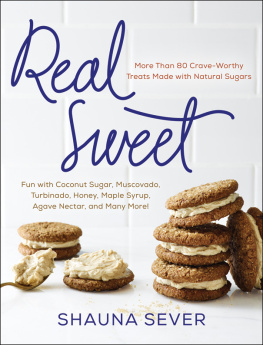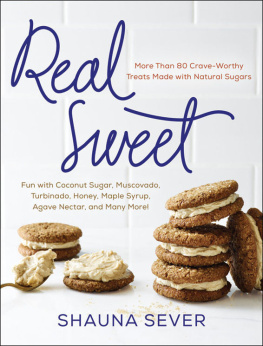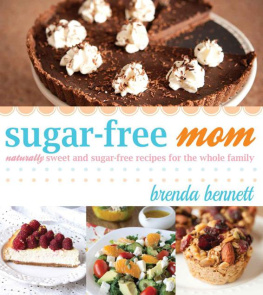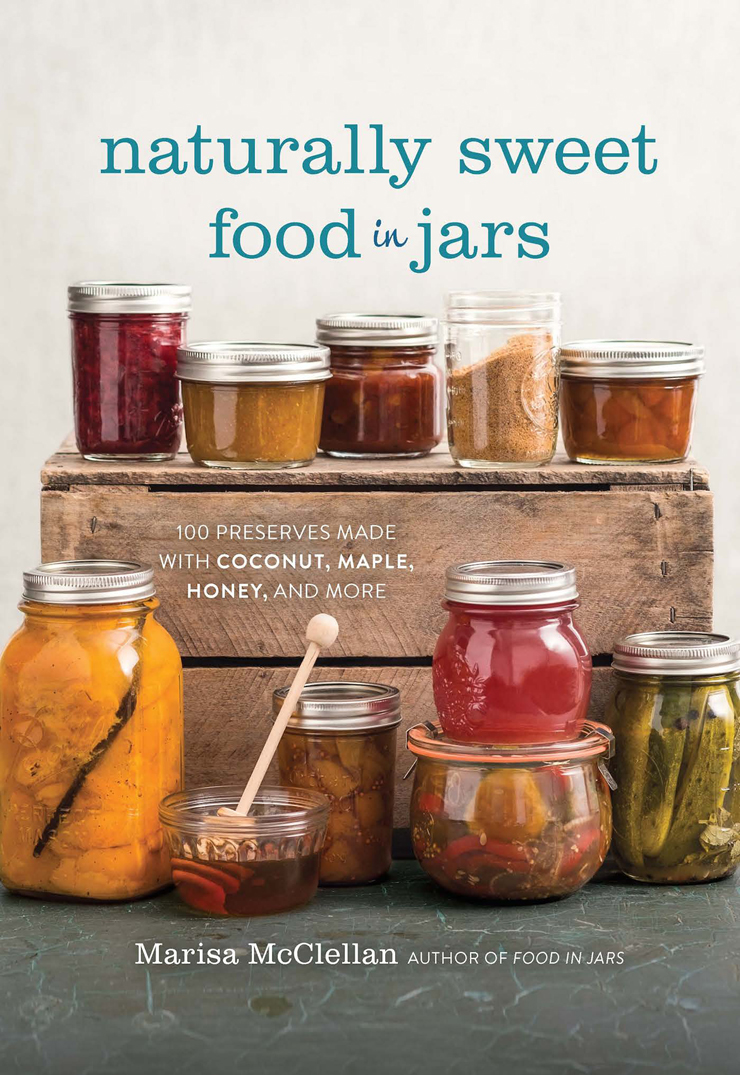
Copyright 2016 by Marisa McClellan
Photographs copyright 2016 by Steve Legato
Published by Running Press,
A Member of the Perseus Books Group
All rights reserved under the Pan-American and International Copyright Conventions
Printed in China
This book may not be reproduced in whole or in part, in any form or by any means, electronic or mechanical, including photocopying, recording, or by any information storage and retrieval system now known or hereafter invented, without written permission from the publisher.
Books published by Running Press are available at special discounts for bulk purchases in the United States by corporations, institutions, and other organizations. For more information, please contact the Special Markets Department at the Perseus Books Group, 2300 Chestnut Street, Suite 200, Philadelphia, PA 19103, or call (800) 810-4145, ext. 5000, or e-mail .
Library of Congress Control Number: 2015954455
E-book ISBN 978-0-7624-5826-4
9 8 7 6 5 4 3 2 1
Digit on the right indicates the number of this printing
Designed by Ashley Haag
Edited by Kristen Green Wiewora
Food and prop styling by Carrie Ann Purcell
Typography: Clarendon, Brandon, New Cuisine, and OFL Mill Sorts Goudy
Running Press Book Publishers
2300 Chestnut Street
Philadelphia, PA 19103-4371
Visit us on the web!
www.offthemenublog.com
This book is dedicated to my dad, Morris, who taught me through example how to turn an avocation into a vocation.


Table of Contents
Guide
CONTENTS


I n my early canning years, I followed all the familiar canning rules. I made big batches and used cup after cup of sugar, just the way the trusted books and websites told me I should. It always set, and it kept its color beautifully. However, I came to the conclusion that as much as I enjoyed the process of making jam with all that granulated sugar, I didnt actually feel good about regularly eating what I had made.
I started exploring ways to make preserves that I liked eating and using on a daily basis. I made my batch sizes smaller and began integrating an array of different sweeteners into my canning practice. I discovered that while there are trade-offs (softer set and shorter shelf life) to preserving with such sweeteners as honey, coconut sugar, and maple (syrup or sugar); the resulting jams, pickles, and fruit butters were flavorful, held their quality over time, and were far more welcome in my regular diet than those white sugarheavy preserves I had been making.
I started sharing these naturally sweetened preserves on my blog, Food in Jars, and the feedback was immediate and positive. There was a growing community of other canners who loved having a homemade pantry, but didnt want it to be so heavily dependent on granulated sugar. I heard from people who loved the act of preserving, but wanted to stress flavor and nuance over unrelenting sweetness. Parents who were on the search for healthy, kid-pleasing jams for sandwiches and yogurt cups got in touch saying thank you. And Paleo and Whole30 followers responded in droves, happy to have found ways to enjoy the occasional taste of their favorite condiments without resorting to a cheat day.
Those early recipes, and the responses they generated, became the inspiration for this volume.
I came to this book with two basic aspirations. The first is to present a goodly number of recipes that are naturally sweetened versions of old favorites. I converted my favorite (page 59) are made better and more delicious thanks to the dried fruit and honey that sweeten them.
The most natural way to organize these recipes seemed to be by each individual sweetener. Summer and fall will always be the busiest time for canning, but youll find that there are plenty of recipes here that can be made in winter and spring. Within each sweetener section, the recipes are roughly ordered by season (all bets are off when it comes to California, Texas, and Florida), so that you can find canning projects appropriate for whatever the month might be.
Finally, I varied the types of recipes within each sweetener section so that theres a fairly wide array of preserve styles within each of them. I hope you enjoy what you find!
THE SWEETENERS
This book features preserves that are sweetened with honey, coconut sugar, maple (in both syrup and sugar forms), agave nectar, fruit juice concentrates, and dried fruits. These sweeteners all contain either sucrose, glucose, or fructose, which means that we are still working with sugars, albeit less refined ones. I chose not to use stevia, xylitol, or artificial sweeteners (such as Splenda) in these recipes because I find that when these sweeteners are used, the finished products arent exceptionally tasty nor do they keep very well. If you are on a diet that requires you to avoid all added sugars, even the most natural, I recommend looking into the no-sugar recipes offered by Ball, Certo, Mrs. Wages, or Pomonas Pectin, which utilize these artificial sweeteners.
COOKWARE
When youre picking out pots and pans to use for preserving, the most important thing is that your cookware is nonreactive. Because jams, fruit butters, pickles, and other home preserves are all highly acidic foods (those acid levels are what make them safe for canning in a boiling water bath), you should be using enameled or stainless steel, enameled cast iron, or anodized aluminum. Those metals do not react with the acids in the food and will ensure that your preserves retain their color and flavor. Reactive cookware, made from aluminum or bare cast iron, can muddy the colors and impart a metallic flavor to your preserve, rendering it inedible. Traditional copper confiture pans should not be used with the recipes in this book. Copper is a reactive metal, but when fruit is mixed with sugar, the sugar acts as a buffer and prevents any metallic leaching. The small amounts of natural sweeteners used in these recipes are not enough to prevent that possible leaching. I also like to avoid nonstick cookware because extended periods of high heat cooking shorten the lifespan of the nonstick coating and make it less effective.
Here are the pieces I find most useful:
A DUTCH OR FRENCH OVEN. I have two of these relatively low, wide pots and cook the bulk of my preserves in them. Mine are a 5-quart/5.2 L Le Creuset and an 8-quart/7.6 L All-Clad. These give me the ability to choose the pot that best fits my batch. Know also that when it comes to the shape of your pot, wider is better. It increases the surface area of the jam and makes for shorter cooking times.
A LARGE SKILLET. I use a 12-inch/30.5 cm stainless-steel skillet anytime Im making a very small batch of jam like the on page 104, because its wide surface and low walls shorten the cooking time.











